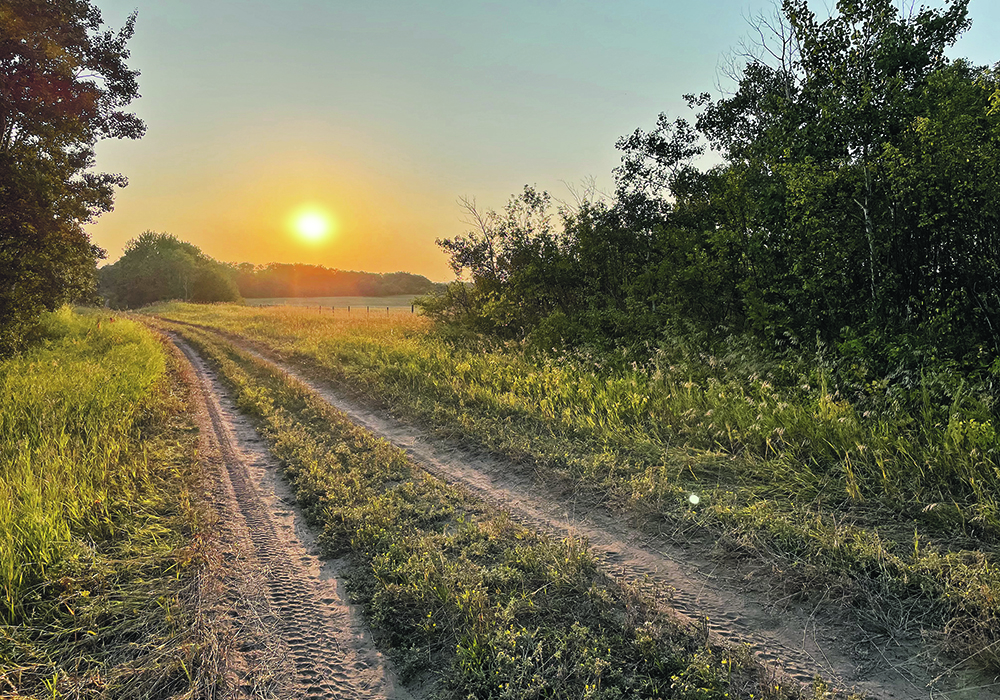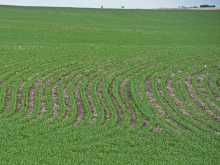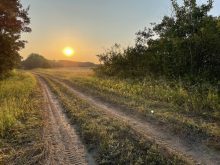In 2021, buying farmland on the Prairies probably made more sense than renting. Interest rates were still low and the cost of financing a land purchase was manageable.
Two years later, an argument could be made that renting now makes more sense in many parts of Canada.
Data from Farm Credit Canada suggests that on average, growing crops on rented land is significantly more profitable per acre than on newly purchased land.
Read Also

Canola oil transloading facility opens
DP World just opened its new canola oil transload facility at the Port of Vancouver. It can ship one million tonnes of the commodity per year.
“In 2023 in Alberta, rented ground returned $160 per acre more than newly purchased land. The same story holds true for Manitoba as the per acre difference in profitability due to renting has doubled (between 2021 and 2023),” says an April FCC report called “2023 farmland rental rates largely unchanged, yet cash flow advantage from renting grew.”
The cash flow advantage of renting is much larger in Ontario but not as significant in Saskatchewan.
FCC analysis shows that the gap in profitability between rented land and a new purchase of land has doubled:
- About $450 an acre in Ontario in 2021 but more than $900 per acre in 2023.
- Around $30 an acre in Saskatchewan in 2021 and about $80 per acre in 2023.
“Saskatchewan has also seen the (cash flow) advantage grow for renting over owned … but with smaller results,” the FCC said in its report.

Justin Shepherd, a senior economist with FCC and co-author of the report, said the rental advantage in Saskatchewan is smaller because land prices are lower than in Manitoba and Alberta.
“In Saskatchewan we see a slightly higher rent to (land) price ratio…. That ratio is slightly higher than both Manitoba and Alberta,” Shepherd said.
FCC keeps track of the rent to price ratio, or cash rental rate per acre/farmland value per acre:
- In Saskatchewan, the average rent to price ratio was 3.1 per cent in 2023.
- In Manitoba and Alberta, it was 2.4 per cent.

Across Canada, farmland prices have climbed significantly in the last few years with jumps of eight, 13 and 12 per cent in 2021, 2022 and 2023, respectively.
Combine that with mortgage rates now at six per cent or higher and renting land becomes more appealing.
“Cash rents in that time (from 2020-23) are still increasing … but the farmland values and interest rates have gone up at a higher percentage,” Shepherd said.
“There is still a long-term benefit in owning farmland … (but) when we looked at it from a pure cash flow analysis, rented ground currently does have a significant impact (benefit) on cash flow.”
The FCC experts make a couple of assumptions in their analysis.
They assume a 25 per cent down payment on the new land and a 25 year amortization. As well, they’re reporting on the profitability of buying the additional acres compared to renting those acres rather than profitability across the entire farm.
“You have a very different cost structure if you spread the new (purchase) over the entire land base,” Shepherd said.
The profitability per acre of the additional land and what it means for the farm is an “it depends” situation.
For established farmers, the new purchase probably has a minor impact on the per acre profitability of the entire farm. For others, it could be crippling.
“If those land payments put the viability of the farm in jeopardy, you need to question that decision,” Jeff Walkeden, an FCC senior relationship manager in Saskatchewan, said in an FCC web document comparing renting to owning.
“Prices on paper compared to production results rarely make sense anymore. It comes back to the whole farm and … can that farm afford to eventually own that piece.”
The FCC has a small data set on land rental rates in Canada because its numbers only go back a few years.
However, experts with North Dakota State University have a longer history of data.
Their numbers show that farmland rents compared to land values are historically low.
“The cap rate, which is the cash rent divided by the market value of (land) … in North Dakota in 2023 is around 2.65 per cent,” said Bryon Parman, an agricultural finance specialist with NDSU Extension.
“In 2012, the cap rate on cropland was closer to 3.8 per cent, and in the 1990s cap rates were mostly between six and nine per cent.”
In North Dakota, land rental rates have increased in recent years, but not as fast as land prices.
“The disparity between cash rents and land prices continues to grow wider,” Parman said.
North of the border, it’s difficult to say if renting is better than buying because of regional differences across the Prairies. In Saskatchewan, FCC data shows that the rent to price ratio varies from 1.4 to 5.2 per cent.
So, there could be areas in Saskatchewan where rents are a bargain compared to purchasing and regions where buying is more logical.
“Regional differences are going to be significant,” Shepherd said.
“When we see a range of 1.4 to 5.2, clearly there is a big range across the province, but we don’t have good enough data … to say where it is. The data is not quite as precise as where the farmland values are.”
As Shepherd noted, owning land generally makes sense over the longer term.
If land values continue to climb at rates of six or eight per cent annually, buying land now will pay off in 2044.
The argument for renting is strong at the moment, but it all depends on the circumstances of a particular farm, FCC said.
“While the financial advantage has clearly swung from financing land to renting, overall profitability for an operation depends on many factors.”


















